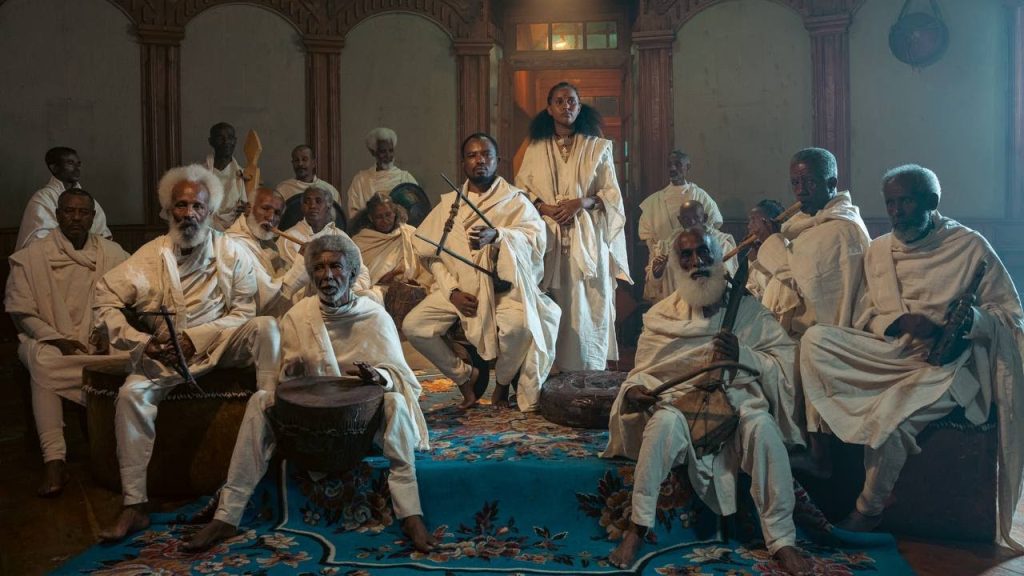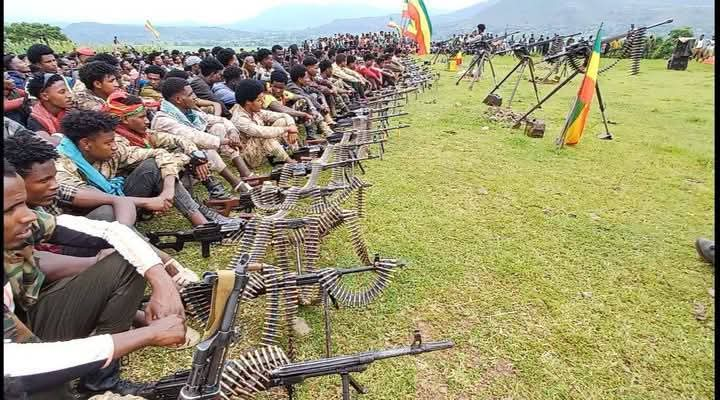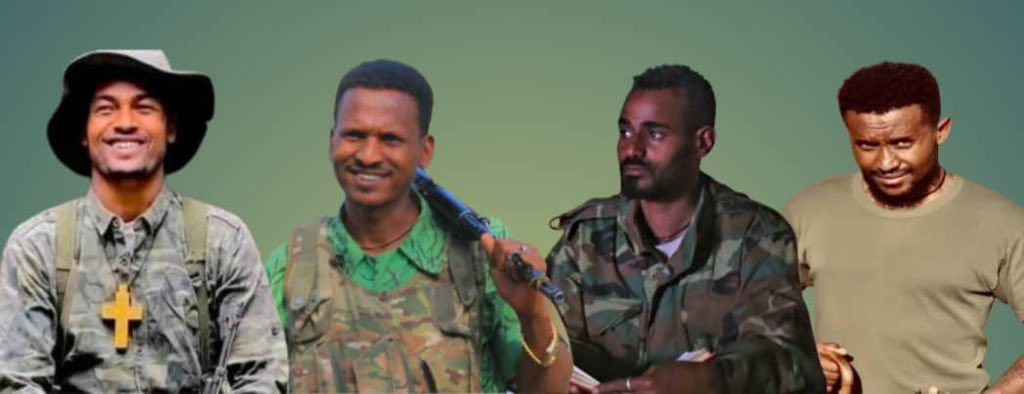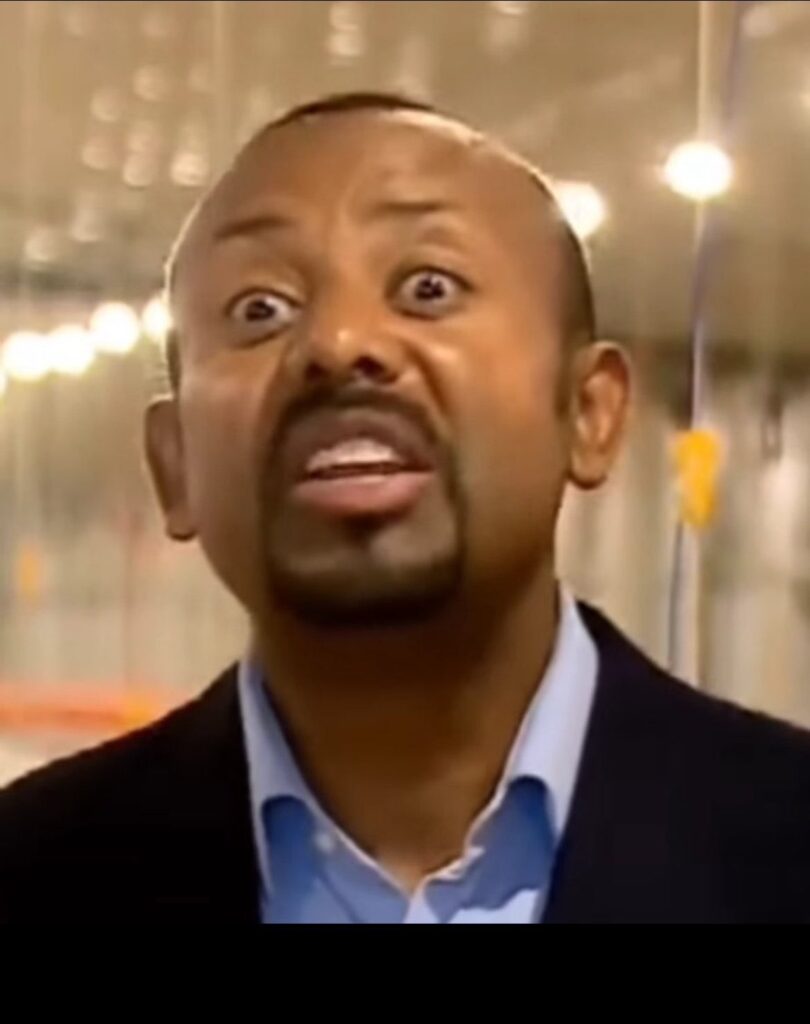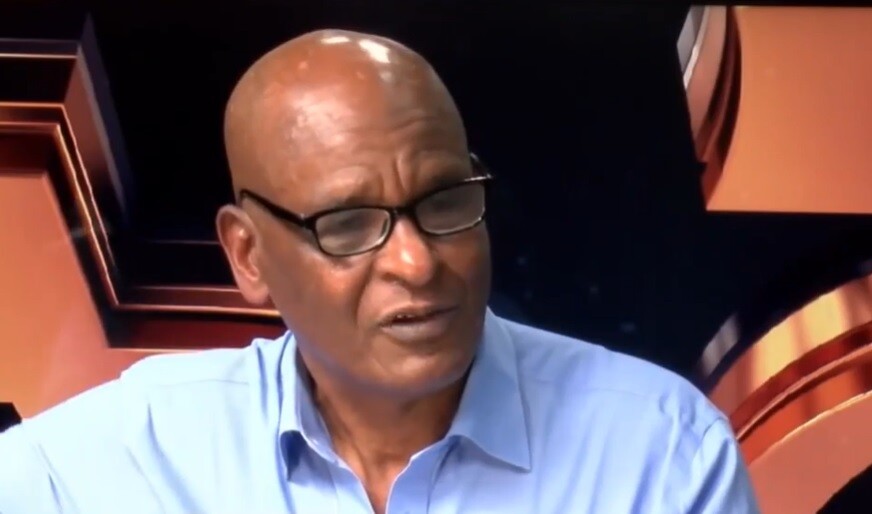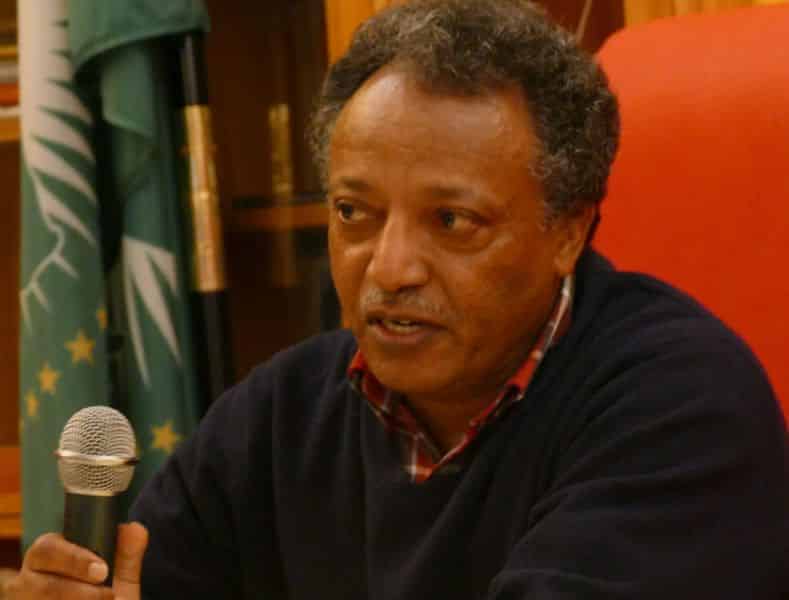(Daily Telegraph) Marabou storks barely stirred on their treetop roosts as our safari truck rumbled out of Nairobi, the start of our journey tracing the eastern arm of Africa’s Great Rift Valley through remote northern Kenya and into Ethiopia.
Two hours later, we gazed from the escarpment down into the valley’s golden-grassed infinity, struggling to take in the immensity of the only geological feature visible from the Moon.
The 40 million-year-old Rift stretches over 4,000 miles from the Middle East to Mozambique. The geological turbulence that forced this fissure also created volcanoes, strings of mineral-rich lakes and barren plains of volcanic ash and black basalt, as the days ahead would reveal Savannah baboons squatted by the roadside and black-and-white colobus monkeys leapt through neem trees as we reached Lake Nakuru.
Kenya and Ethiopia: Packages, hotels, restaurants and getting there
Here the wildlife is prolific. Cape buffalo, zebra and waterbuck grazed the shore as a trio of white rhino ripped up grass. Hundreds of flamingos turned the shimmering lake as rosy-pink as a Monet painting.
The next day we continued northwards, crossing the Equator through terrain fast becoming desert. As we drove into the Samburu National Reserve, a platoon of warthogs shot past, the leader with his tail erect to show those following the way through the high grass, like a tour group leader brandishing an umbrella.
In Samburu, it’s the wildlife not humans who rule. That night in our camp on the banks of a dry river bed we heard elephants crashing about in the undergrowth. On game drives we saw a male leopard drowsily padding in the midday heat to a waterhole and three bloody-faced young cheetahs devouring a dik-dik.
As we climbed towards the Marsabit Plateau, tarmac had long given way to dirt track. Dust devils whirled around us and camels raised their drooping heads as we passed.
Our final day in Kenya needed all the skills of Kinga, our driver, who deserved the “King of the Road” title on his T-shirt. Heading for the Ethiopian border, we rocked and rolled across the plateau, with its pimpling of volcanic cones, before descending to the Dida Galgalu – the “Plains of Darkness” – so named for the black basalt strewn across this stony, oven-hot expanse of desert. There’s barely a bush and the only wildlife was the occasional skinny antelope and a few hardy Somali ostriches.
With 20 miles to go and an escarpment to climb, our truck blew a tyre on one of its double rear wheels. Somehow Kinga coaxed the vehicle onward and we reached the border at Moyale, with half an hour to spare.
Ethiopia still follows an old form of Julian Calendar, making 2011 only 2004. If we didn’t immediately feel more youthful, we revived in Moyale after a St George’s beer and our first taste of Ethiopian food: beef stewed in kai wat, a spicy red sauce flavoured with onions, garlic and peppers and served on an edible plate of injera, a flat bread made from fermented tef, a grain unique to Ethiopia.
Next morning, as we travelled northwards, people were streaming along the road to market. These were the Oromo, who make up some 40 per cent of Ethiopia’s population. Among them walked revered tribal elders in robes of unbleached cloth, ceremonial staffs and spiked headdresses.
The market, where boys played at bar football tables, was piled with produce from vegetables, fruit and herbs to sacks of fresh green leaves – the narcotic chat, grown in northern Ethiopia, exports of which now exceed that of coffee.
At a nearby crater lake we found another much-valued commodity. The Oromo call El Sod the “House of Salt” because of the black salt beneath the lake at the bottom of the crater. Men loosen the salt with 12ft-long wooden poles, then, noses plugged with twists of cotton, plunge down to harvest the coarse, dark salt.
The Konso, who inhabit the eastern fringes of the Omo valley, live very differently. Famed for their dry stone terraces, they cultivate densely planted crops. They have no written records but showed us how they use stones to record events and how they also mark the graves of heroes with waca– wooden sculptures.
As we approached Lake Chamo, another of the Rift Valley’s lakes, the vegetation became dramatically lush. The scarlet flowers of flame trees shone brightly and dark-leaved mango trees were heavy with gold fruit. Boatmen from the Rift Valley Boat Service – their motto “Peace, Love and Strength Together” – took us out on the lake to see some of its 10,000 Nile crocodiles and 2,000 hippos.
Next we skirted Lake Abaya through a pastoral landscape. Life here has a gentle but purposeful rhythm. In the fields, people were driving bullocks in circles over grain or arranging dung cakes to dry in the sun for fuel. But as we neared Lake Awassa, the smallest of the Ethiopian Rift Valley lakes, we were back among dry scrub.
Soon it was time to begin the slow ascent towards Addis Ababa, where our shadowing of the Rift Valley would end. But a spectacular two-day drive to Bahir Dar on Lake Tana in the Ethiopian highlands made for a good epilogue.
Though Lake Tana lies outside the Rift Valley, it owes its formation to the same upheavals that scored the Rift into the Earth’s surface. At the waterfalls of Tis Isat, “Water that Smokes”, the river plunges nearly 150 feet to meander through parts of the Rift Valley to its junction with the White Nile at Khartoum. To get here we had travelled more than 1,600 miles through a landscape of Brobdingnagian proportions; a reminder, if we needed one, of the elemental forces that shaped our world and still do.


